The second option is to use SQL Server Management Studio Connect to the server using the object explorer Right click on the instance in the object explorer and select the CPU tab Expand the "ALL" option However many NUMA nodes are shown is the number of NUMA nodes that you have as shown below Logical CPUs can be relegated to the SQL Server instance to access those only by the SQL Server Processor property Logical CPUs will be listed in the server property as are configured or associated with the machine or virtual machine A rundown of CPUs will be bifurcated with the numa node (Processor Socket) SQL uses all CPUs available from the operating system It creates schedulers on all the CPUs to make best use of the resources for any given workload When multitasking the operating system or other apps on the SQL server can switch process threads from one

Configuring Sql Server Processor And I O Affinity Emarjm
Sql server properties processors
Sql server properties processors- Before adding a new vCPU, let's check the SQL Server Processor properties page to see how SQL Server is setup for this 1 vCPU Right click on the instance name in SSMS, select Properties and go to the Processors page The checkbox "Automatically set processor affinity mask for all processors" is grayed out because there is only 1 vCPU available SQL Server 19 is still in preview as I write this, but I wanted to point out a new feature that Microsoft has added to SQL Server Setup
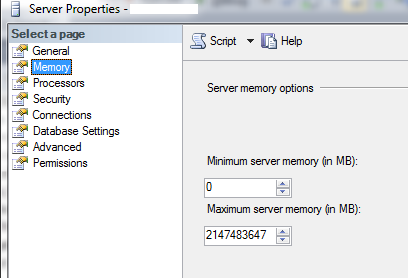



Sql Server Ali Sharifi S Blog
This issue is very common and commonly faced by DBA, developers and server management team on production server ie SQL server leads into 100% CPU usage and Modern Server Processors for SQL Server Current generation Intel server processors have anywhere from four to twentyfour physical cores in each physical processor For twosocket servers, this means the Intel Xeon E v4 "BroadwellEP" Product Family For foursocket and higher servers, this means the Intel Xeon E700 v4 It is 16 and some people still think SQL Server cannot be run on a virtual machine SQL Server can successfully run in a VM but SQL is resourceintensive by nature and so if you are going to virtualize SQL then you simply must adhere to best practicesNot following best practices can be the difference between poor vs exceptional virtual SQL Server performance
This entry was posted in Powershell, SQL Server and tagged documentation, Powershell, SQL Server by jfay Bookmark the permalink 7 thoughts on " Powershell script to capture OS level properties (CPU, Cores, NIC, Memory, BIOS, OS) " Mxolisi on at 533 am said This is notoriously tricky because if you open SQL Server Management Studio, rightclick on the server, and click Properties, it looks like everything's okay You see all 8 cores – you just can't use 'em because they're offline, as shown in sysdm_os_schedulers There's another clue buried in the SQL Server startup log Intel Xeon E v2 processors had 12 physical cores, so you could exceed this license limit on a twosocket commodity server during the period before SQL Server 14 was released Unfortunately, SQL Server 12 Standard Edition had the same memory license limit (for the Database Engine) of 64GB per instance, while 1213 vintage two
SQL Server supports the specified number of processor sockets multiplied by the number of logical CPUs in each socket For example, the following is considered a single processor for purposes of this table A singlecore, hyperthreaded processor with 2 logical CPUs per socket A dualcore processor with 2 logical CPUs The approach you recommended helps only after installing SQL Server In reality, we can go to the Device manager to find the number of processors (I just confirmed it) Answers If you have a 2 processor machine (not cores, as only physical sockets are licenced) you will have to disable one processor at BIOS level (not in the server properties tab) to be legalcompliant The processor must not be accessible to the OS itself



Setting A Microsoft Sql Standard Memory Limit For Usage
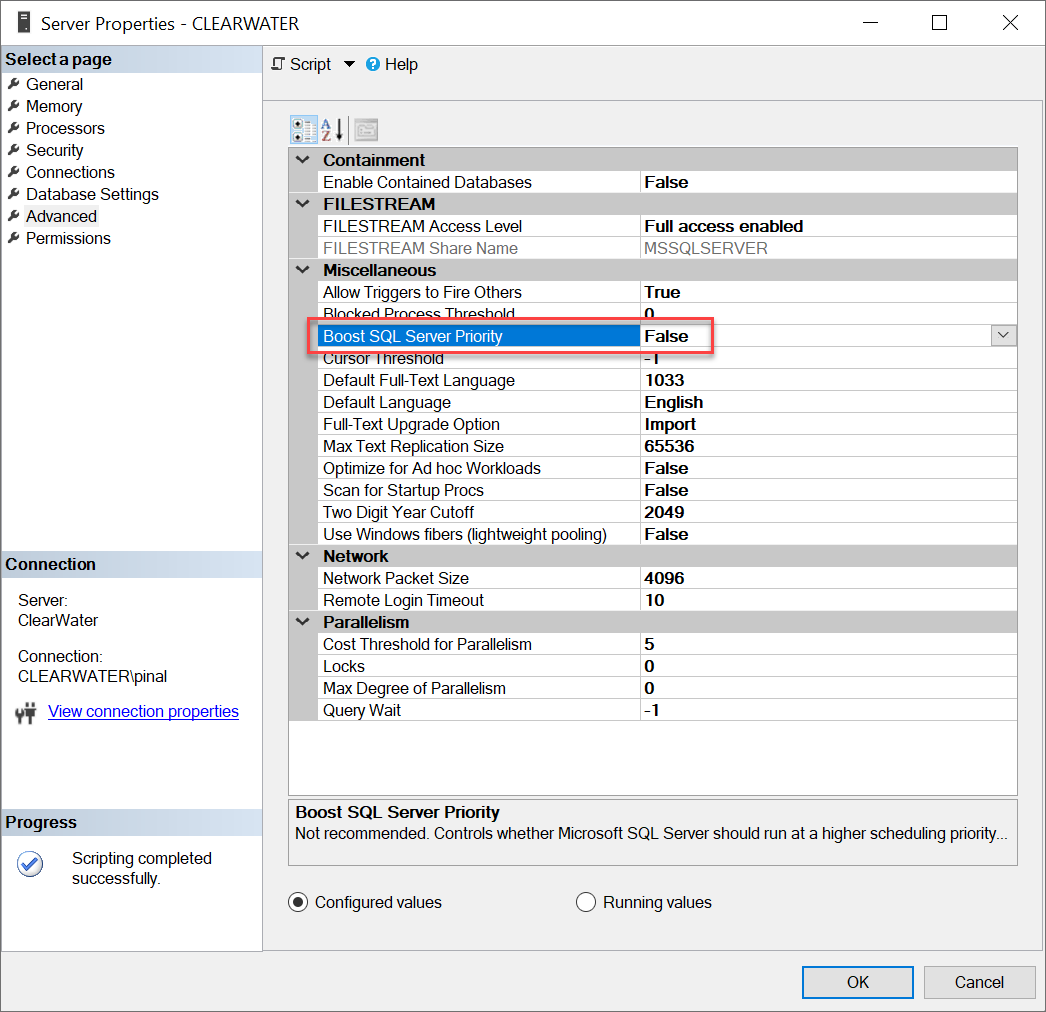



Sql Server Boost Sql Server Priority And Ssms 18 Laptrinhx
The Processors page of the Server Properties window allows changes to CPU configuration settings CPU Affinity, Maximum Worker Threads, Boost SQL Server Priority, and Use Windows Fibers (Lightweight Pooling)The Processors tab (see Figure 3) of the SQL Server Properties page determines how SQL Server uses multiprocessor computers Most of these options are moot in a singleprocessor server Figure 3 The Processors tab shows the processors available on the system and enables you to set how SQL Server uses them In my previous posts How to Maximise CPU Performance for the Oracle Database on Linux and Testing CState Settings and Performance with the Oracle Database on Linux I described the relation of CStates and PStates to database CPU performance on Linux For these I use an easy Oracle PL/SQL based test to measure performance and I have been asked if I use an equivalent TSQL approach for SQL Server




Importance Of Sql Server Max Degree Of Parallelism



Redbex Reference Manual Enabling Sql Server Authentication
I recently received email from one of my very close friend from California His question was very interesting He wanted to know how many virtual processors are there available for SQL Server He already had script for SQL Server 08 but was mainly looking for SQL Server 00 He made me go to my past I found following script from my old emails (I have no 'Processor Affinity From Server Properties Hi everyone, I ask because, having done this, if I check the SQL Server instance's properties, on the Processors tab, there are 4 processors ticked giving the impression that 4 processors are being used by this SQL Server instance On occasion I have seen Database Administrators enabling the SQL Server "Boost SQL Server priority" option This option is available on the Server Properties Window under Processors If you enable this option, SQL Server will run the sqlservrexe process and threads as High Priority instead of its usual Normal priority Hence, when SQL Server service will request CPU




Sql Server Instance Configuration Settings Michellea David Manager Dbas Avp




Ssms In High Dpi Displays How To Stop The Madness Spaghettidba
Advanced properties are hidden by default You must check the Show Advanced (All) Properties box to see advanced properties You will not see all the properties in SSMS even after checking this box The only way to edit some properties is by editing msmdsrvini as previously discussed Make a note of the Reset Default button in the bottomright Ø In SQL Server 12 there is a new feature introduced in which we can create server role but in SQL Server 08/08 R2 it was not possible this is the difference also which is clearly visible and to make this difference clear Microsoft put a RedPin with fixed server role These server roles can't be modified while user defined server role "MyServerRole" can be Binds Microsoft SQL Server disk I/Os to a specified subset of CPUs For more information, see affinity InputOutput mask Server Configuration Option Automatically set processor affinity mask for all processors Allows SQL Server to set the processor affinity



1




Kb Automation Engine How To Configure The Sql Server For Automation Engine Kb Automation Engine How To Configure The Sql Server For Automation Engine Wiki Esko Com
SQL Server is a server application and it is usually deployed into a server machine which has multiple CPU installed within Planning how SQL Server will use the CPU is essential to SQL Server performance and throughputFIGURE 2 THREADS TAB WITH CPU VALUES 6 Note the ID number of TID (Thread ID) that is consuming a high CPU percentage In this example, the TID is 8792 7 Start SQL Server Management Studio to query for the SQL Server Process ID (SPID) Execute the following TSQL query USE MASTER GO Select SPID from sysprocesses where kpid=8792 GOThe list below is valid as of SQL Server 17, CU12 It shows properties exposed in the graphical interface of SSMS version 179 I don't check for properties that are visible in the execution plan XML only, but I do add these if I know about them If you are using an older version of SQL Server, some of these properties may not be available



Configuring Sql Server Cpu Utilization Technet Articles United States English Technet Wiki
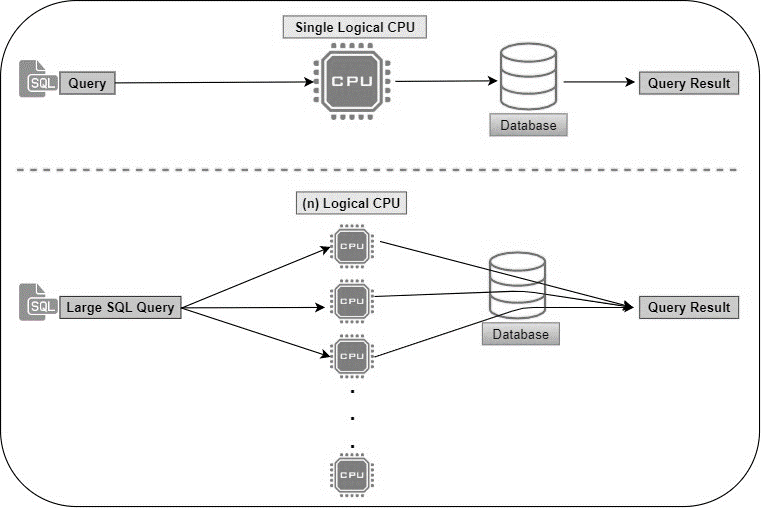



Importance Of Sql Server Max Degree Of Parallelism
Actual Elapsed CPU Time (ms) This shows the measured CPU time, in milliseconds In a parallel plan, this property shows the sum of the CPU time of all threads, but the data for each individual thread is available as well Actual Elapsed Time (ms) This shows the measured elapsed time, in Processor (CPU) Multithreading by processors improves the performance of parallel SQL Server thread executions SQL Server allows specifying the processor sockets (Numa Nodes) with the cores and their Logical CPUs for the processing affinity and I/O affinity From the Properties window, you can derive that the SQL Server Engine used 4 processors to execute the query In addition, the query execution plan has one execution path, in which 4 threads are reserved and used to execute the submitted query using a parallel plan




Sql Server Hardware Performance Tuning




How To Find Microsoft Ms Sql Database Server Version And List Of Sql Server Version Poftut
Agent Properties SQL Server Agent has many operational properties that can be critical for troubleshooting various issues Many of these properties are surfaced via GUI properties pages, and as such can be hard to compare across many SQL Server instances, without the process being highly errorprone The script below compiles the many sourcesYou can do this in the Server Properties window of SQL Server Management Studio, or through scripting Whichever option you choose, the change will not take effect until you restart your SQL Server Option 1 Graphical Mode connect to the instance in Object Explorer, right click the instance name, and select 'Properties' For SQL Server 12, it equates to 2 CPUs A quadcore CPU therefore equates to 1 CPU or 4 depending on the SQL Server version etc etc Therefore, If you're thinking about upgrading from SQL Server 0n to SQL Server 12 I recommend reading Glenn Berry's hardware post which has a discussion on the issues to consider, as it could cost you




Setting Cpu Affinity In Sql Server An Unexpected Side Effect Sql Solace




Determining Which Node A Clustered Sql Server Is Running On Sqlmatters
When your run both query's serveral times after each other, the returns are always different for both query's In the sql server configuation properties and then tab Processor there are serveral CPU's activated When I deactivated all CPU, but not CPU Just open up the Server Properties in SSMS On the Processors page you can see how many processors you have available and set them to a particular affinity I'd suggest reading up in the BOL prior By default SQL Server doesn't have a Processor Affinity, which is a good thing But as soon as you restrict SQL Server to use a subset of CPU cores, you will also have internally a Processor Affinity set



Unknown Event Description Of A Sql Server Error In The Windows Application Log
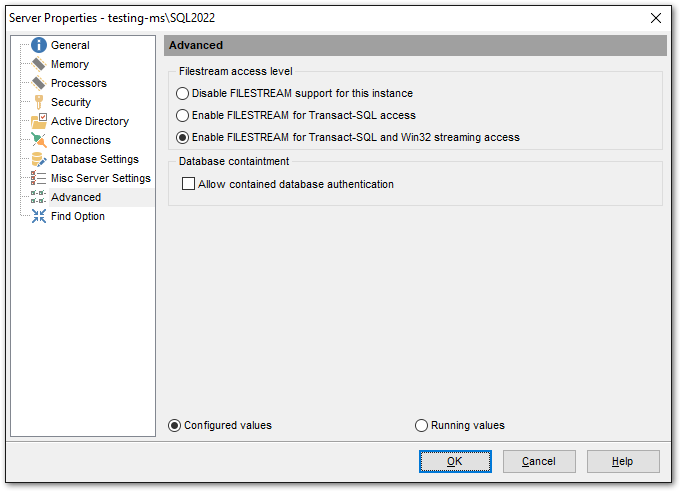



Online Documentation For Sql Manager For Sql Server Sqlmanager
Get SQL Server Physical Cores, Physical and Virtual CPUs, and Processor type information using TransactSQL (TSQL) script 4 Comments Today, I received email from one of my blog follower asking if there is any DMV or SQL script, which he can use to find the following information about the processors that are available to and consumed by SQL ServerClick OK to exit the Server Properties dialog From the Control Panel, select Administrative Tools > Component Services In the left pane of the Component Services window, select the Services (Local) From the list of Services in the middle pane, select SQL Server (MSSQLSERVER), and from the Actions pane, expand More Actions Click RestartFigure 1 The Advanced tab of the Server Properties window allows changes to Server configuration settings such as Max Degree of Parallelism and the Cost Threshold If MAXDOP is left at the default value, or set to a number more than 1, the threshold at which SQL Server will consider a parallel plan can be set through the Cost Threshold for
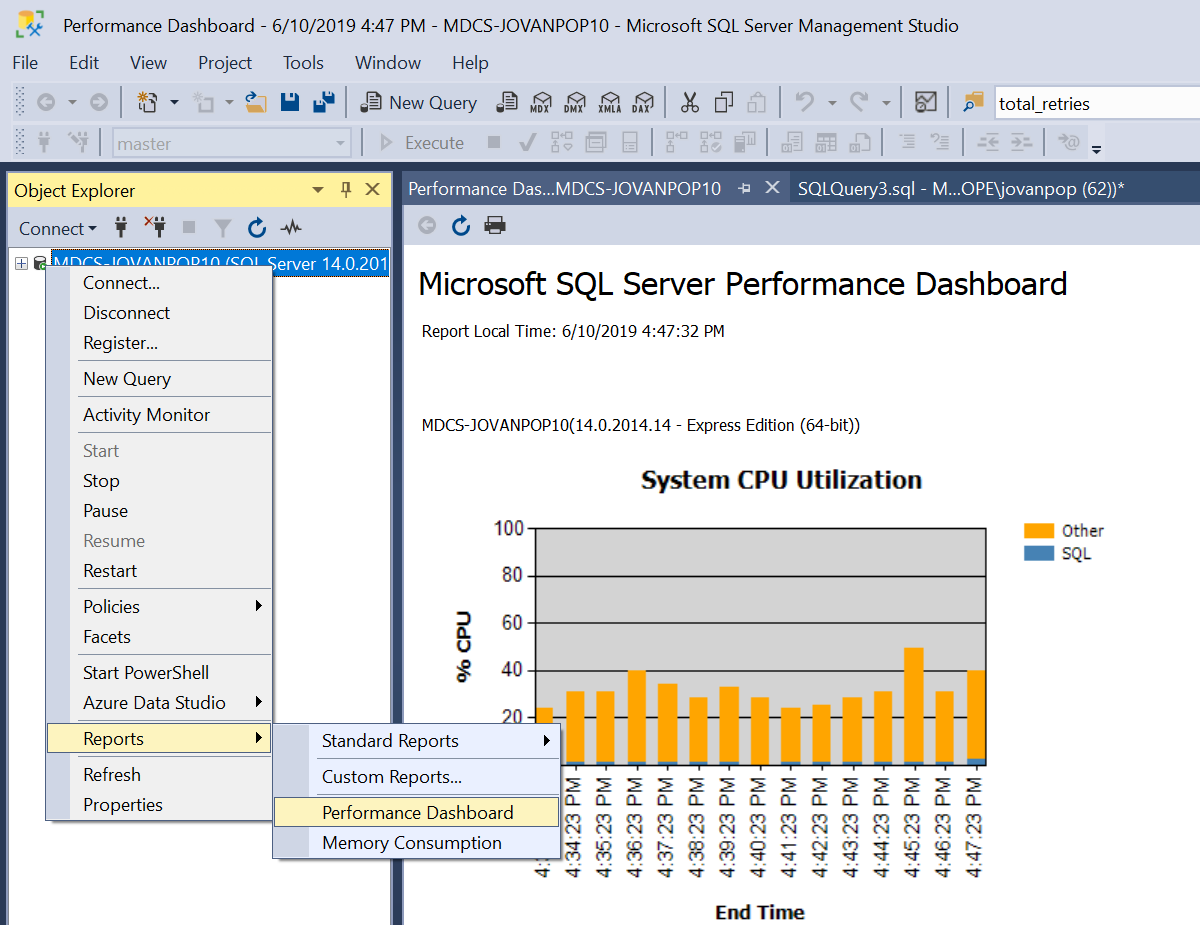



Monitor Cpu Usage On Sql Server And Azure Sql Microsoft Tech Community




Sql Server Ali Sharifi S Blog
Processors Settings On the Processors tab, in the Enable processors section, Processor Affinity in SQL Server If you select the "Automatically set processor affinity mask for all processor" option, threads are automatically distributed across all CPUs Disk usage (per database) IF OBJECT_ID ('tempdbdbo#space') IS NOT NULL DROP TABLE #space CREATE TABLE #space ( database_id INT PRIMARY KEY , data_used_size DECIMAL (18,2) , log_used_size DECIMAL (18,2) ) DECLARE @SQL NVARCHAR (MAX) SELECT @SQL = STUFF ( ( SELECT ' USE ' dname ' INSERT INTO #space (database_id, Table 1 SQL Server 19 License Costs Choosing Between AMD and Intel Processors Over the past 1012 years, Intel processors have usually been a much better choice for most SQL Server usage compared to AMD processors This was because of the extremely poor singlethreaded performance of older AMD Opteron server processors



1



Server Configuration Chapter 4 Sql Server Enterprise Manager Part Ii Sql Server Tools And Utilities Microsoft Sql Server 00 Sql Etutorials Org
CPU count vs Cores vs Processors in Server Properties I have a server that has 2 Intel Xeon E CPUs and each one has 6 cores I'm working on some documentation regarding server specs right now and I'm slightly confused in regards to the number of processors in the server properties windowTo accomplish this, rightclick on the instance name and from the menu choose Properties Under the General tab of the Server Properties window, some basic SQL Server Instance information is displayed Product – the name of the product and its bit version Operating system – information about the operating system the instance is installed onSQL Server provides a variety of virtualization and cloud benefits that help you save money on database licensing and retain flexibility in your database deployments With SQL Server, you can License individual virtual machines (VM), and when licensing per core, buy core licenses only for the virtual cores assigned to the VM
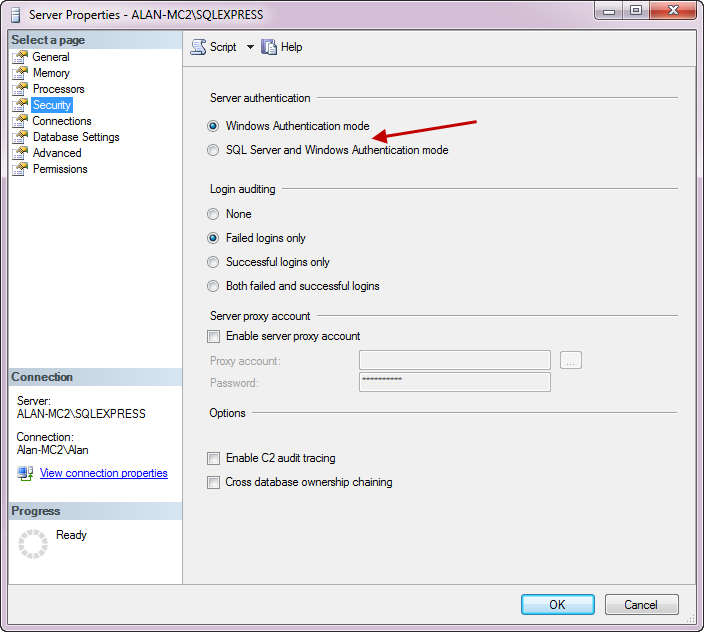



Microsoft Sql Server Error 233 Bqe Knowledgebase




Sql Server 17 Login Language Display Is Wrong Database Administrators Stack Exchange
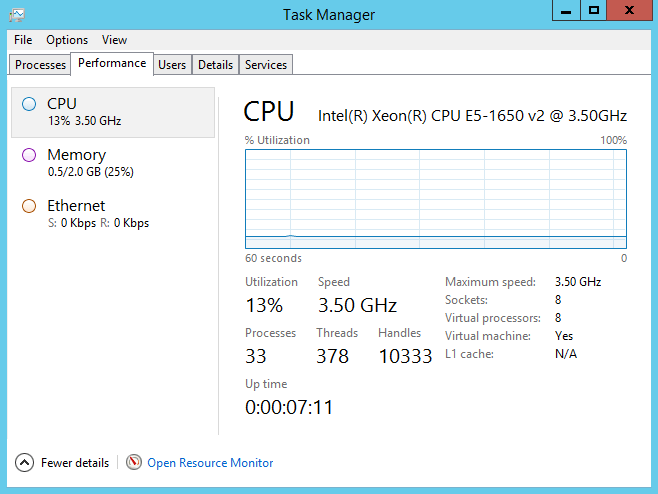



Nodes Offline Why Your Sql Server Vm Can T Use All Its Virtual Hardware Brent Ozar Unlimited




Configuring Sql Server For Network Access Transmille Online Support




How Do I Find Sql Server Version




Sql Server Best Practices For Sharepoint Server 16 Techtask




Administering Sql Server 05 Server Properties Administering The Sql Server 05 Database Engine Informit




Install Sql Server




Sql Server Initial Configuration
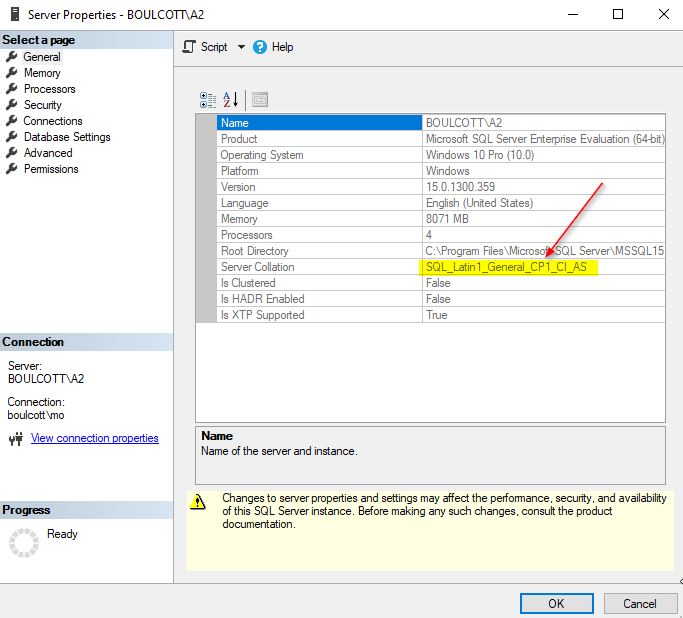



Collation In Sql Server Coding Sight



Configuration Options And Performance Chapter 40 Configuring Tuning And Optimizing Sql Server Options Part V Sql Server Internals And Performance Tuning Microsoft Sql Server 00 Sql Etutorials Org



Configuration Options And Performance Chapter 40 Configuring Tuning And Optimizing Sql Server Options Part V Sql Server Internals And Performance Tuning Microsoft Sql Server 00 Sql Etutorials Org



Configuration Options Chapter 40 Configuring Tuning And Optimizing Sql Server Options Part V Sql Server Internals And Performance Tuning Microsoft Sql Server 00 Sql Etutorials Org




Sql Server Cpu Affinity Mask Or How To Limit Sql Server To Selected Cpu Or Processors Or Numa Set Playing With Database Servers




Figure 217 The Sql Server Properties Processor Tab Sql Server 00
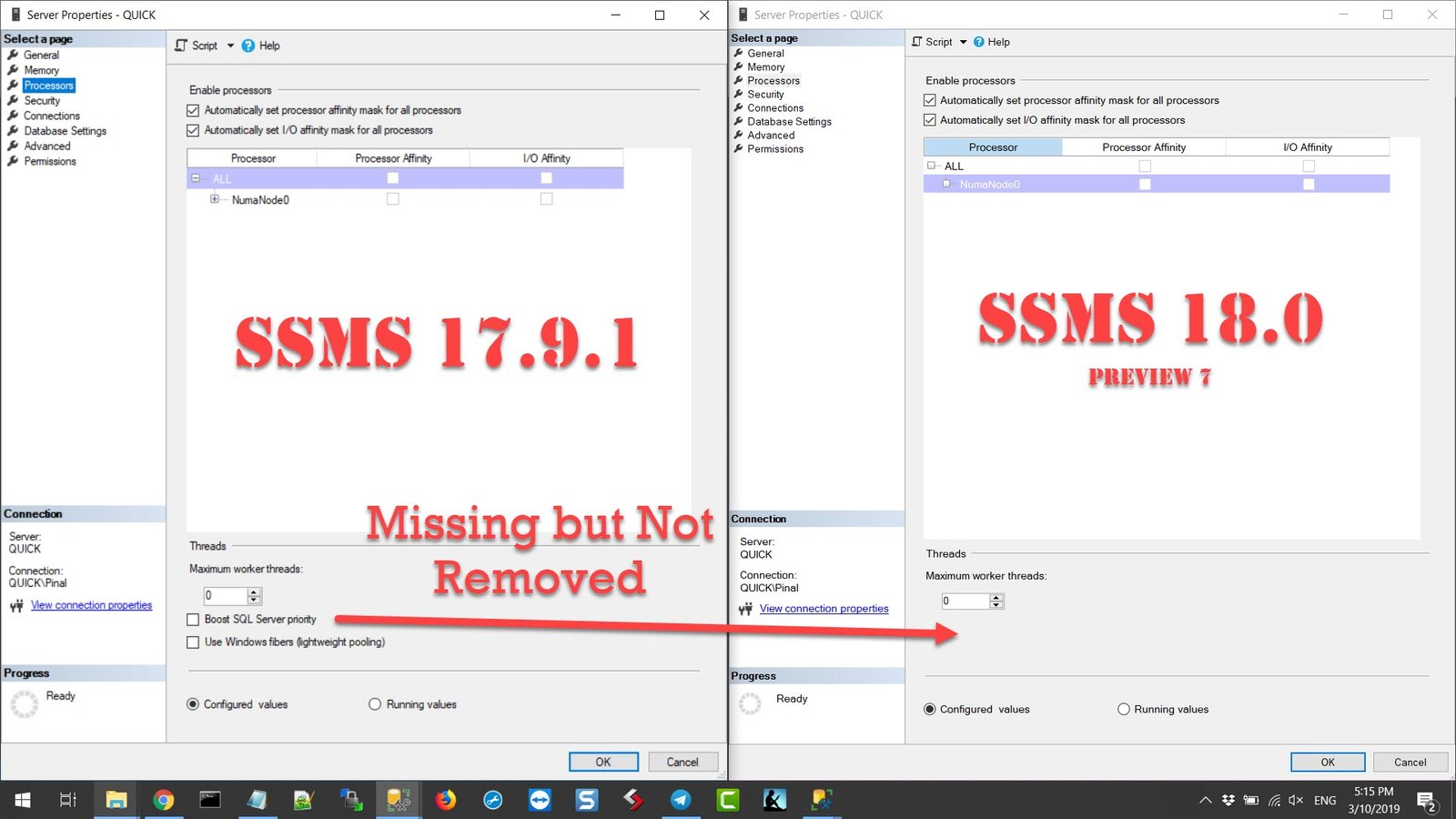



Sql Server Priority Boost And Ssms 18 Sql Authority With Pinal Dave
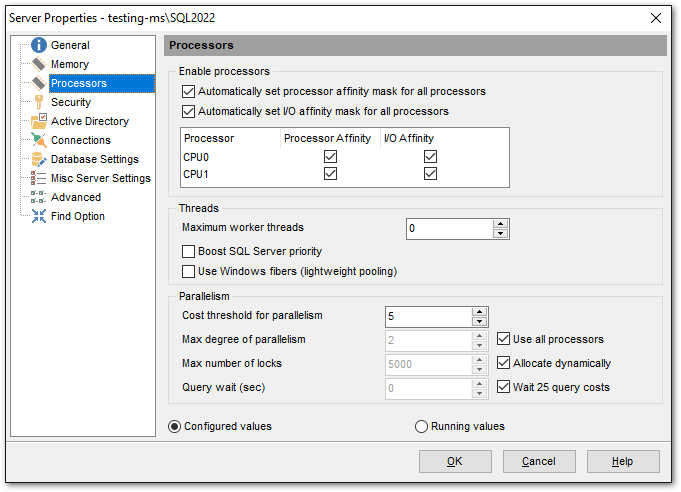



Online Documentation For Sql Manager For Sql Server Sqlmanager




How To Use Parallel Insert In Sql Server 16 To Improve Query Performance




Sql Server Windows Nt 64 Bit Sudden High Cpu Spike Database Administrators Stack Exchange
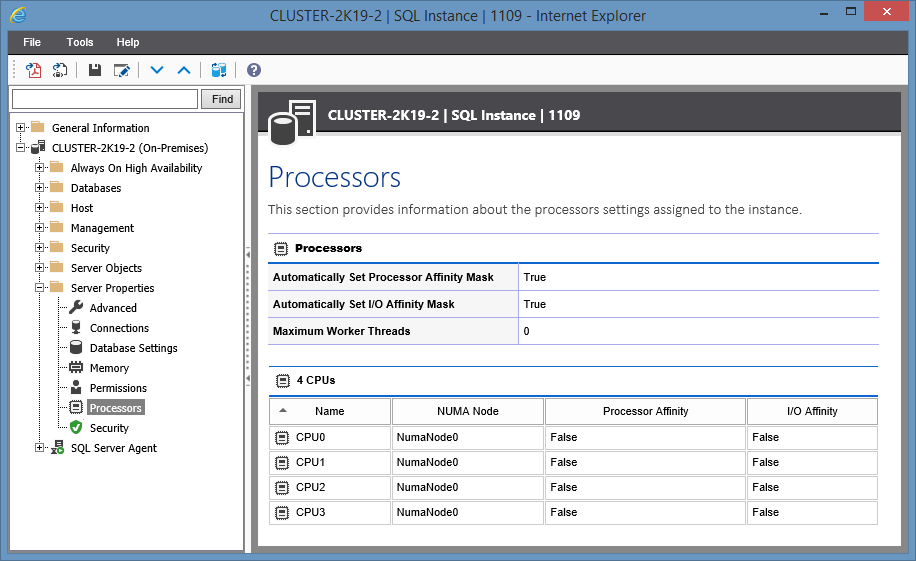



Sql Server Documentation Tool Auditing Software
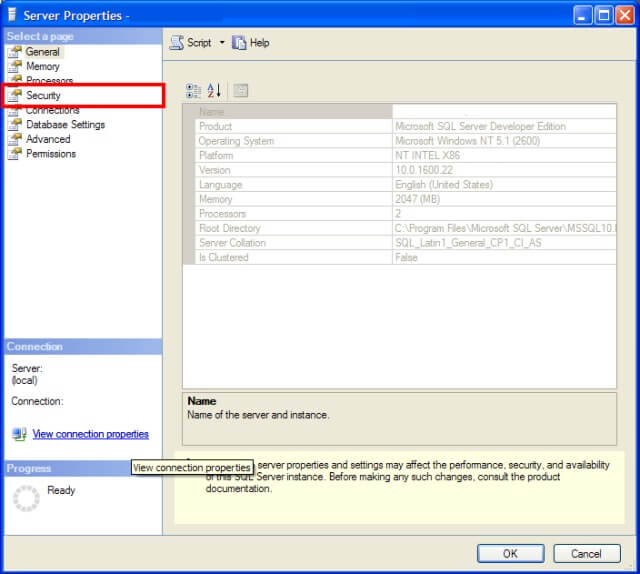



Auditing Failed Logins In Sql Server



1




Hosting Asp Net Apps On Aws Part 11 Database In Ms Sql Server Joeplaa Com




Migration Process For Ms Sql Server Eset Remote Administrator Eset Online Help




Online Documentation For Sql Administrator For Sql Server Sqlmanager




How To Hot Add A Vcpu To A Virtual Sql Server




Configuring Sql Server Processor And I O Affinity Emarjm
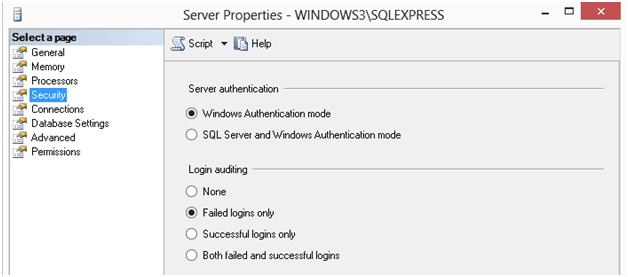



Server Properties Sql Server Log Explorer Insight Details Of Sql Server
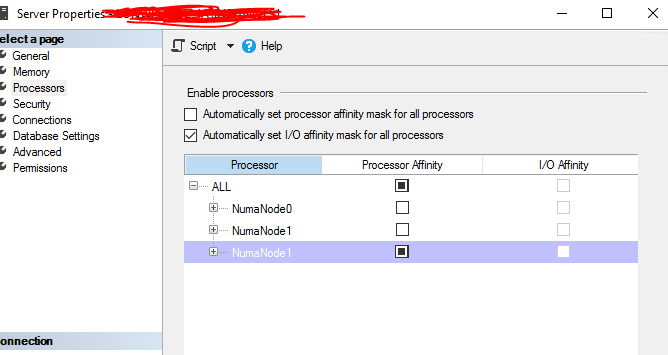



Sql Server 16 Cannot Show Correct Cpu Cores In Cpu Affinity Sqlservercentral




Best Practices For A Healthy Sql Server Presenter Jeff Pfershy Ppt Download




Sql Server Best Practices For Sharepoint Server 16 Techtask



Resolve M133 Upgrade Sql Error Must Declare The Scalar Variable Sectionid During Setup In Doc1 Designer



Sql Server 17 Not Setting Affinity For All Processors In System Sqlservercentral Forums
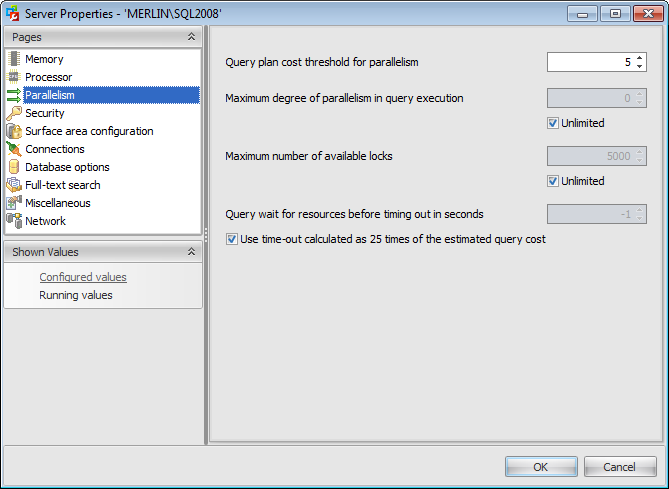



Online Documentation For Sql Administrator For Sql Server Sqlmanager




Sql Server Hardware Performance Tuning
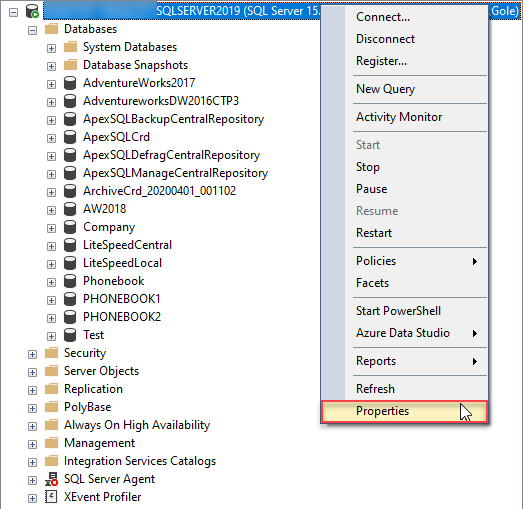



How To Get Sql Server Instance Information




Enable Remote Connections To Sql Server Using Ip Address Timextender Support




Sql Server Blogs Sql Server Handling Cpu Configuration For Performance




Cpu And Memory Allocation On Azure Sql Database Managed Instance Microsoft Tech Community
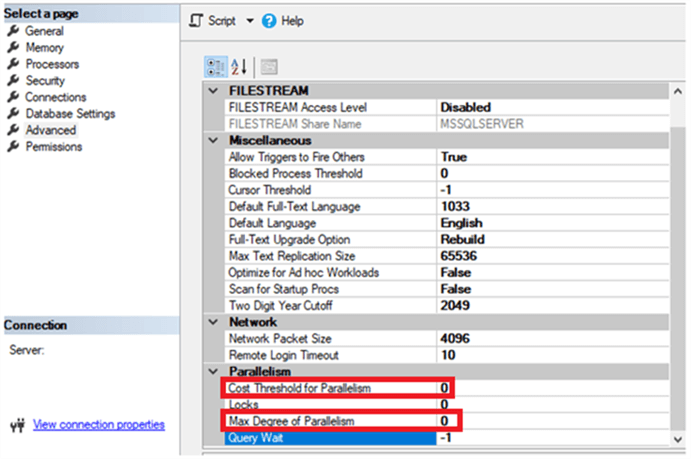



Parallelism In Sql Server Execution Plan




What Does Use Windows Fibers Lightweight Pooling Setting Do In Sql Server 14 Server Properties Stack Overflow




Support For Sql Server Database Windows Authentication Single Tenant Net Guest Applications Only Platform Operations Apprenda Documentation



Enabling Boost Sql Server Priority Option Sql Bad Practices



Technet Wiki V2




Importance Of Sql Server Max Degree Of Parallelism
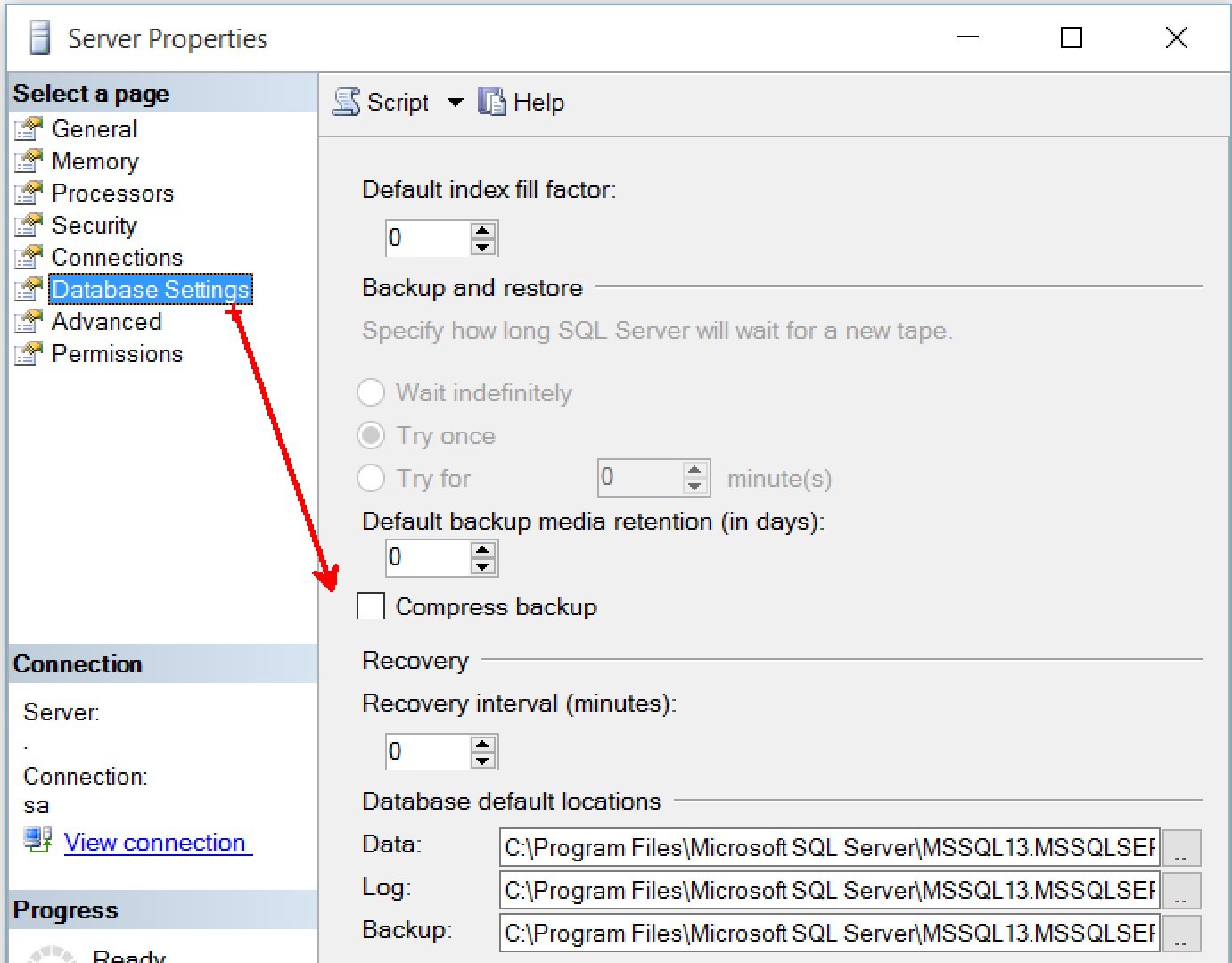



Sql Server Configure The Backup Compression Default Server Configuration Option Sql Authority With Pinal Dave




Sql Server 16 Capped At Specific Cpu Usage Database Administrators Stack Exchange
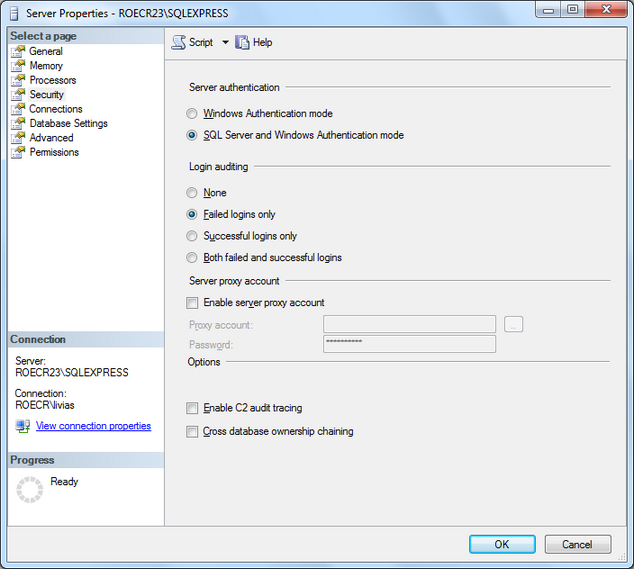



Help Contents Data Architect Help Index Getting Started Data Architect Concepts The Output Xml Output Excel Output Database Output Data Mapping Data Sources Functions And Set Functions Using Data Architect The User Interface File Menu Dialogs Add
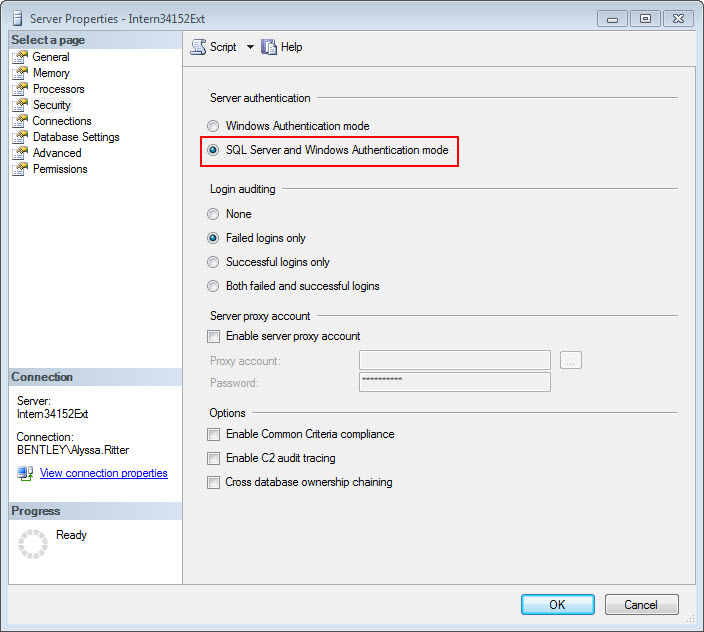



To Set Microsoft Sql Server Properties




How To Hot Add A Vcpu To A Virtual Sql Server




Sql Server Server Properties Stack Overflow



Sql Standard And Express On Same Host Limits




Sql Server Instance Configuration Settings Michellea David Manager Dbas Avp
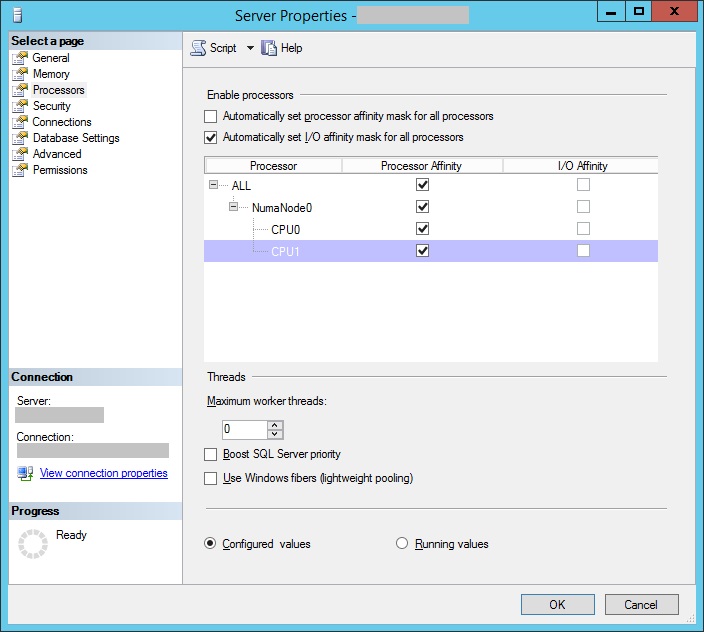



Sql Server Parallelism Optimization
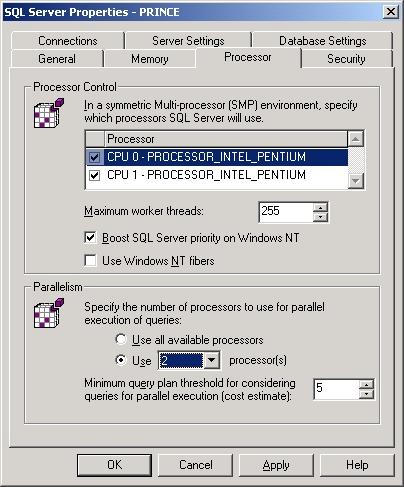



Sql Server Solutions Understanding Parallel Queries In Sql Server 7 0
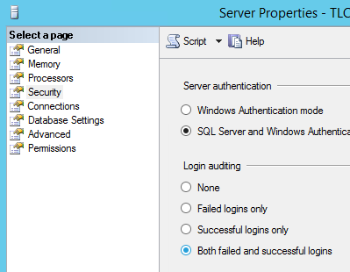



Configuring A Microsoft Sql Server




Mssqlfun Explore And Experience Sql Server



Sql Server 12 Configuration Options Part 4 Processor Configuration Properties Sql Server 08 Sql Server 05 Sql Server 03 Sql Azure Oracle Tutorials




Connecting To Microsoft Sql Server Express Ignition User Manual 7 8 Ignition Documentation
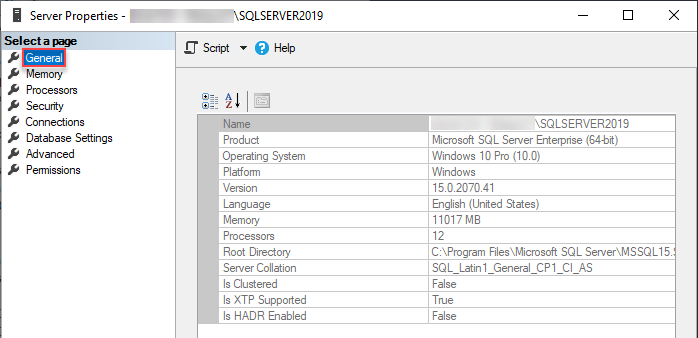



How To Get Sql Server Instance Information




Setting The Sql Server Memory Limit
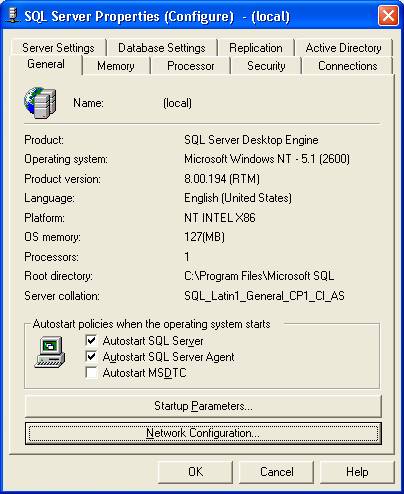



Exploring Sql Server 00 Configuration Properties Sqlservercentral




Sql Server Cpu Affinity Mask Or How To Limit Sql Server To Selected Cpu Or Processors Or Numa Set Playing With Database Servers




Setting A Processor Affinity In Sql Server The Unwanted Side Effects Sqlpassion




Ssms 18 0 Sql Server Priority Boost Mssqltrek




Kailash S Blogs Setting Memory Limit For A Sql Server Instance




Server Memory Configuration Options Sql Server Microsoft Docs
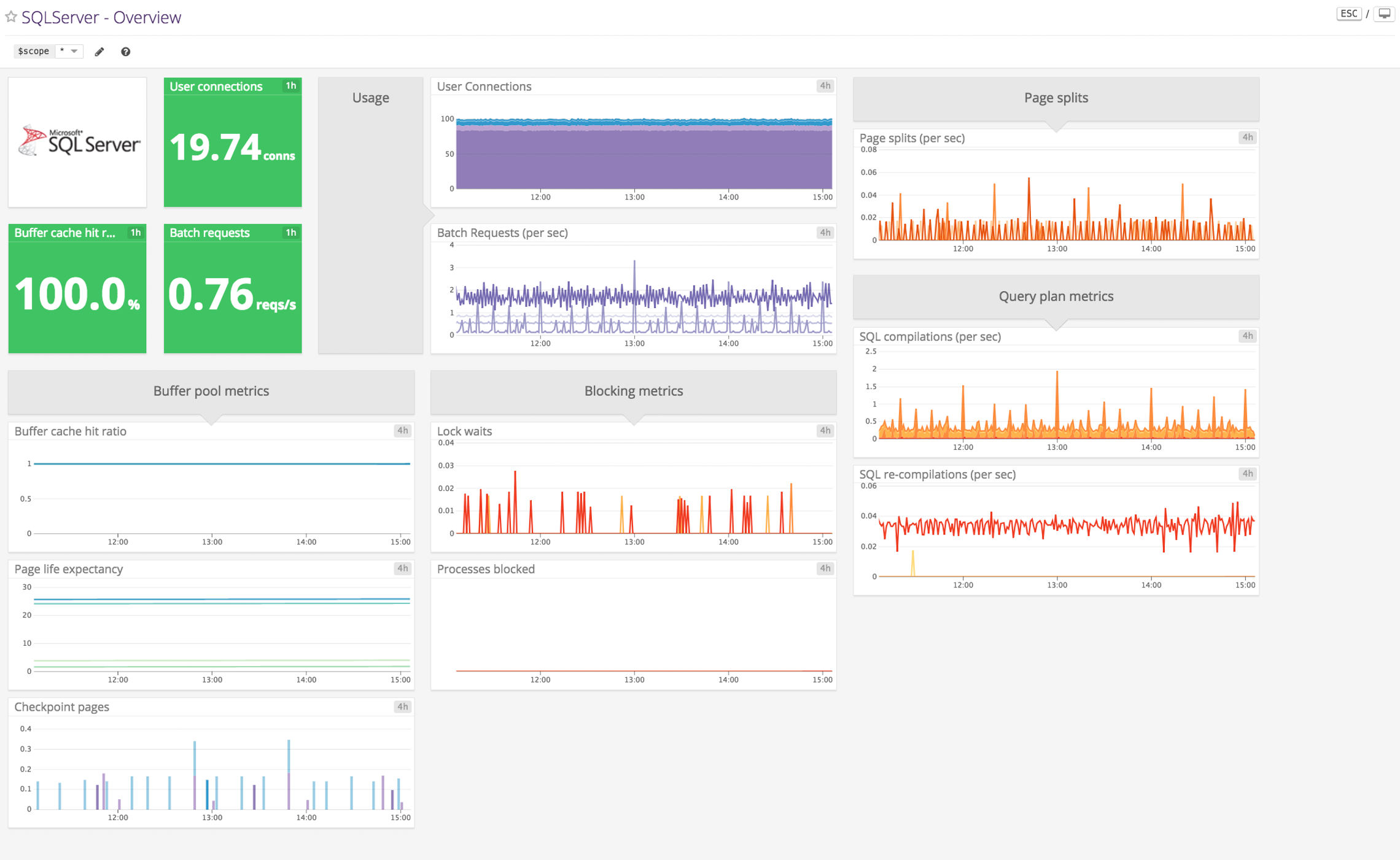



Sql Server
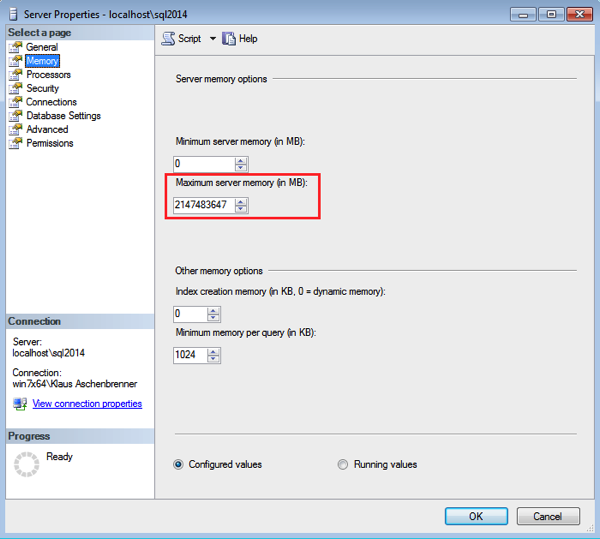



The 3 Configuration Options That You Always Have To Change In Sql Server Sqlpassion




1099 Pro Cs Sql Server Configuration Recommendations Public Documents 1099 Pro Wiki
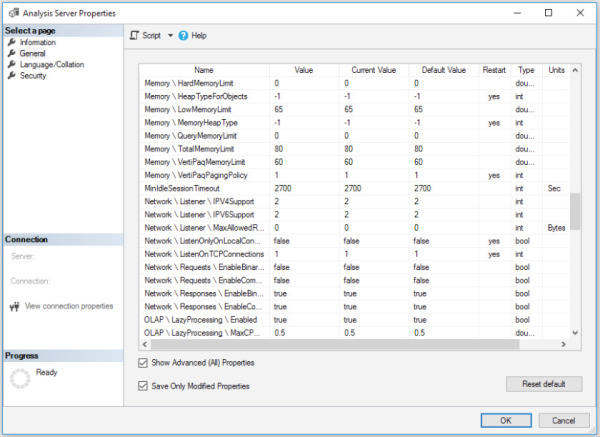



Installing And Configuring Sql Server Instances And Features Microsoft Press Store
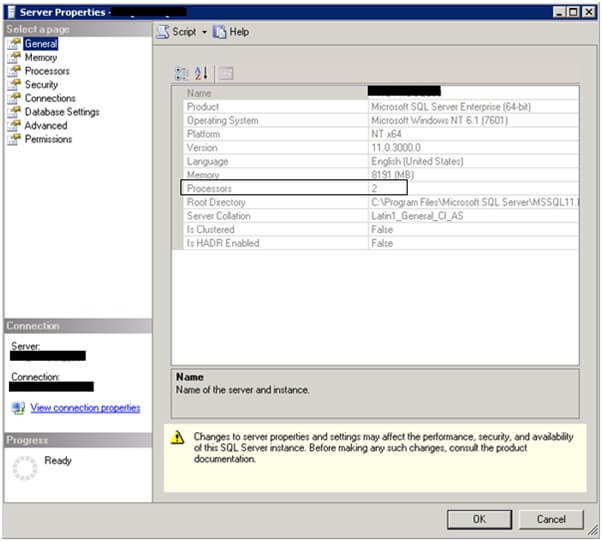



How To Hot Add A Vcpu To A Virtual Sql Server



Sql Server 08 R2 A Performance Monitoring Approach Part 2 Monitoring The Processors Windows Server Tutorial Wmlcloud Com




Maximum Memory Setting In Sql Server Database Administrators Stack Exchange



Microsoft Sql Server Mssql Connection Guide For Ignition Inductive Automation Help Center
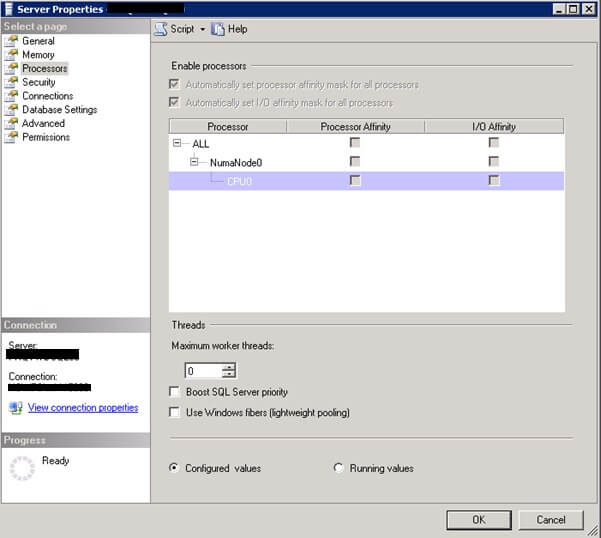



How To Hot Add A Vcpu To A Virtual Sql Server




Script Out Server Properties And Database Properties Stack Overflow



Vmware Vsphere 6 5 Breaks Your Sql Server Vnuma Settings Heraflux Technologies
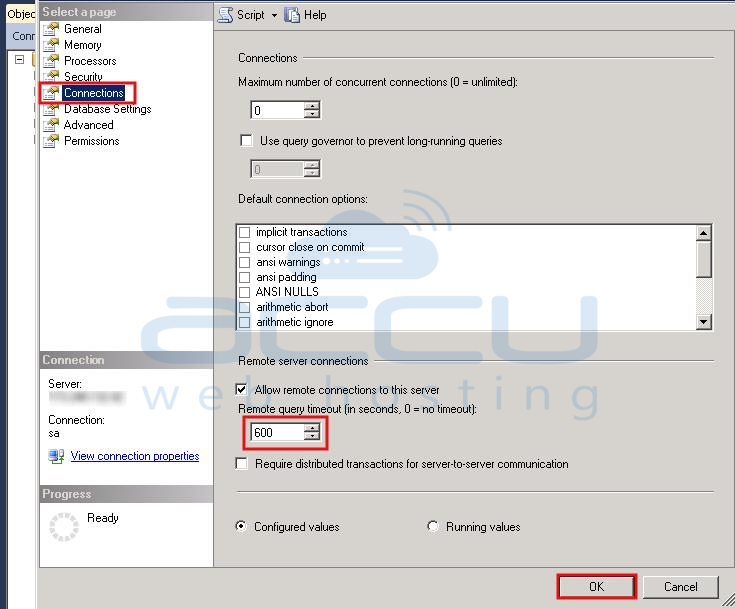



How To Increase The Ms Sql Remote Query Timeout Knowledgebase Accuwebhosting
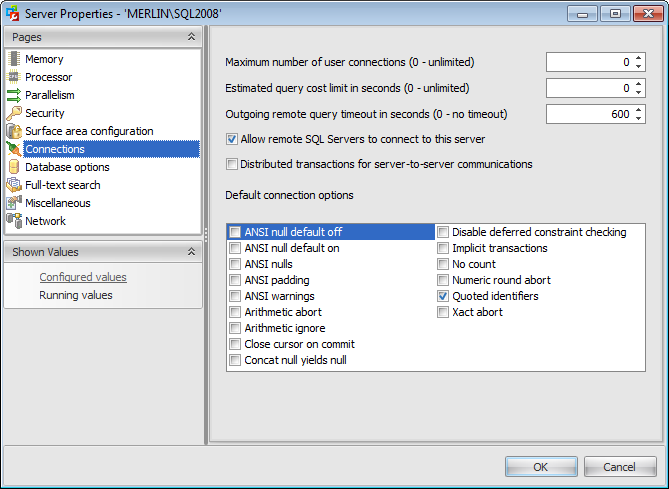



Online Documentation For Sql Administrator For Sql Server Sqlmanager



1




A Quick Lowdown On Affinity Masks In Sql Server Data Recovery Blog



Keeping Maximum Server Memory Default Value Sql Bad Practices



How To Maximise Cpu Performance For Sql Server On Windows It Peer Network



0 件のコメント:
コメントを投稿